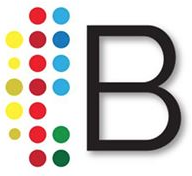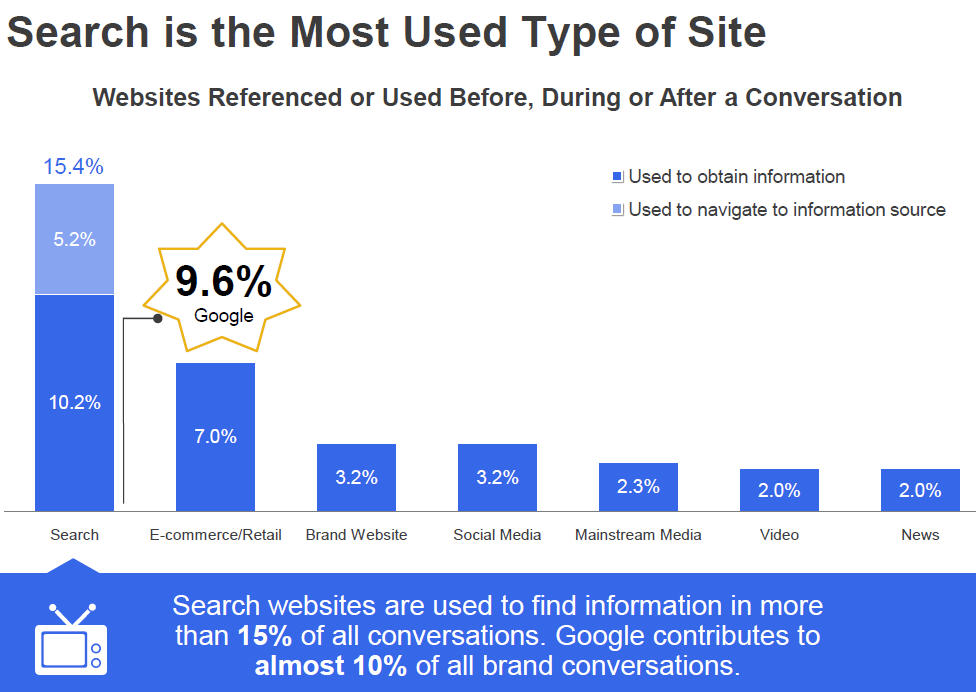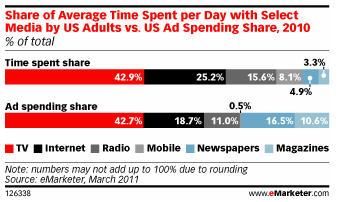Whether they prompt you to scratch your head and ask "They said what to sell that?!," or incite your inner-vintage-monster to go on yet another Mad Men bender, the high quality scans of advertisements in Ad*Access are worth a look back in time. Chock full of thousands of printed ad spanning the early-mid 1900's, this database's five primary categories are Beauty & Hygiene, Radio, TV, Transporation, and WWII. Because I can't state it any better, here's what the About page says: "Ad*Access is a pilot project to make a selection of historical advertisements available for study and research. The project draws on part of a large collection of magazine and newspaper ads within the Duke library's J. Walter Thompson Company Archives." (I especially recommend reading the Preservation paragraph if you want a bit of perspective on how Duke's archivists managed these materials.)
Simply put, this is a major tool for those doing advertising or marketing research through an historical lens. And this database, an end-product with hundreds of hours of work behind it, is free for anyone to use. Sold!
You'll find more free advertising resources here.










